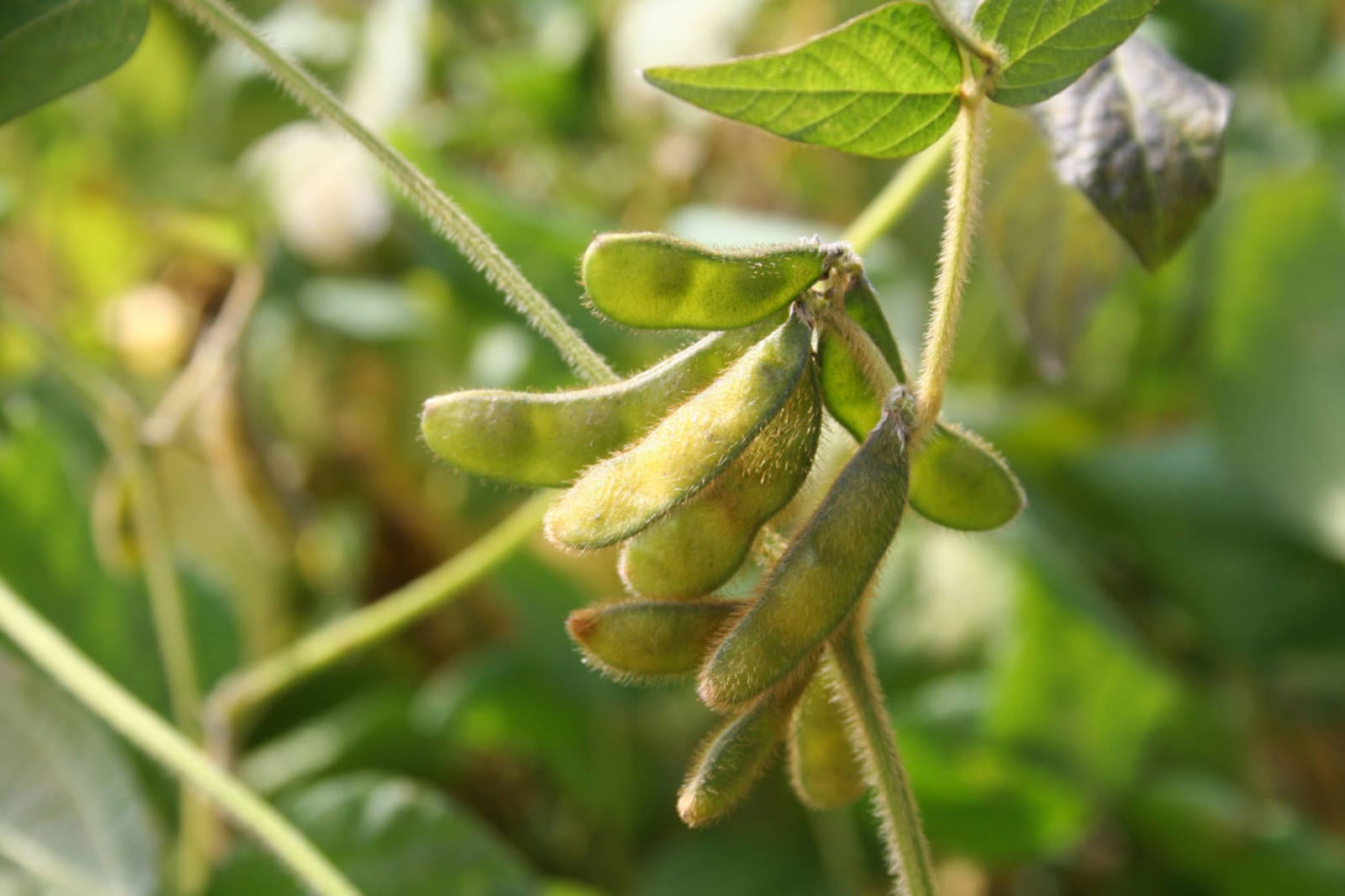An earlier-than-normal start to Brazil’s soybean harvest this year has us nearly three months into South American’s 2018/19 collection season. As harvest has advanced southward into southern-Brazil and into Argentina, the market’s idea of South American soybean output has been on the rise. Local crop group AgRural estimated that the Brazilian soybean harvest was running ahead of the past five years’ average pace and is approaching the 90 percent mark. The same group also reportedly increased its estimate of the 2019 Brazilian soybean crop by 1.5 percent to 114.6 million tonnes. This compares to the U.S. Department of Agriculture’s (USDA) latest official World Agricultural Supply and Demand Estimates (WASDE) projection that was raised 500,000 tonnes to 117.0 million tonnes in the April report. Later-harvested soybean yields have improved from earlier harvested fields as rains returned to major cropping areas in March. Looking at precipitation anomaly maps below shows a marked improvement in much of Brazil since mid-March while the patterns early in 2019 were much drier.

In addition to a growing Brazilian soybean crop, early harvest yields in Argentina have reportedly topped expectations this year. Argentina’s Buenos Aires Grain Exchange (BAGE) pegged this year’s soybean crop at 17 percent complete as of early April. Harvest this year has been falling further behind last year’s pace due to cool, wet conditions, but output is also expected to rebound considerably from last year’s Argentine soybean crop. Remember that drought conditions last year resulted in a much lower soybean crop estimated by USDA at 37.8 million tonnes and compared to 36.0 million tonnes estimated by the Post in Buenos Aires. Both USDA and the Post see this year’s crop at 55.0 million tonnes and some private crop-watchers see the possibility that final results top current official estimates.
Despite the projected rebound in South American soybean output from last year, expectations for a slower pace of farmer sales this year may limit weakness in export offerings this year. History has shown that farmers will hold on to their grain and oilseed crops as those products hold value despite weakening currency prices. Political uncertainty and concern for a pending economic crisis ahead of elections scheduled to take place late October in Argentina has made the Argentine peso the worst-performing currency in 2019. This political development is expected to grow in importance and serve as a factor for the global soybean market as farmers plan to seed their next soybean crops next fall.
